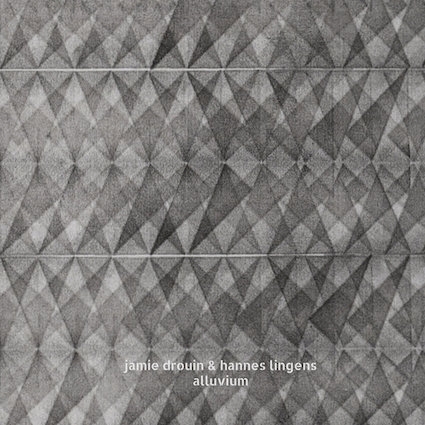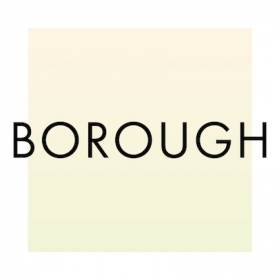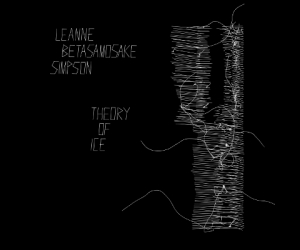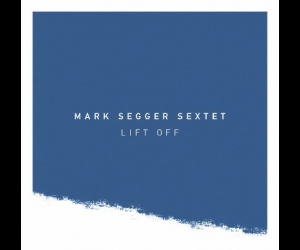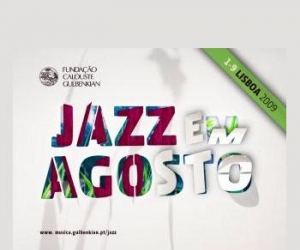Far from his Victoria, B.C., home base, sound-artist–composer Jamie Drouin helps animate notable improvisational landscapes on these European-recorded sets. Two extended tracks on Borough find Drouin’s suitcase-sized modular synthesizer and radio put to good use in The Holy Quintet, which is filled out by London-based David Ryan on bass clarinet, Dimitra Lazaridou-Chatzigoga on zither, bassist Dominic Lash, and Berlin-based violist Johnny Chang. Borough is a recording of a concert focused on large gestures and confrontational drones, with creative discordance expressed differently than in the duo program on Alluvium, which was recorded in a Berlin studio where Drouin’s no-input mixer, contact microphone, laptop, and radio met with German percussionist Hannes Lingens’ floor tom, snare drum, and objects. Together, the duo scrupulously explores microtones during nine brief tracks and another extended one.
Conventional string and reed textures—barely audible at times, stentorian at others—are used sparingly by the Holy Quintet on Borough, where juddering static sourced from Drouin’s instruments is the overriding element. The drones, faint and hushed at first, soon spread like ripples made by a pebble tossed into a still pond. Eventually, bent notes from the clarinetist and jagged sul ponticello string-scrubs unite in ecclesiastical organ-like tremolos on One. At almost twice the length, Two folds similar brief string-plucks, percussive-objects rolls, and shrill reed-whistles into an oscillation synchronized with the modular loops, ultimately combining to attain a calming finale.
Calm and cacophony also appear strategically on the duo CD Alluvium. The track (14.42) demonstrates how flat-line, nearly continuous drones can, by the judicious placement of no-input-board platter hisses and scratches, percussion pops, drags, and splats, be transformed into the aural equivalent of panoramic scenery. The result isn’t harmonious, but it is logical and conclusive. On the remaining tracks, all likewise titled by their timings, which range from fifty seconds to almost six minutes, the duo sweeps, peeps, smacks, drones, and crackles every manner of muted texture from their output(s), with the result that the timbres could be those from a single instrument. Noises—what sound like an egg-timer ringing, heavy water gurgling, rocket ship launching, and an air rifle recoil—pop out from among the undulating buzz, then swiftly vanish. By coordinating sounds into a seamless, nearly solid mass, Drouin and Lingens create an absolute example of selfless improvising, as unique in its way as what The Holy Quintet does for long-form interactive improvising.
